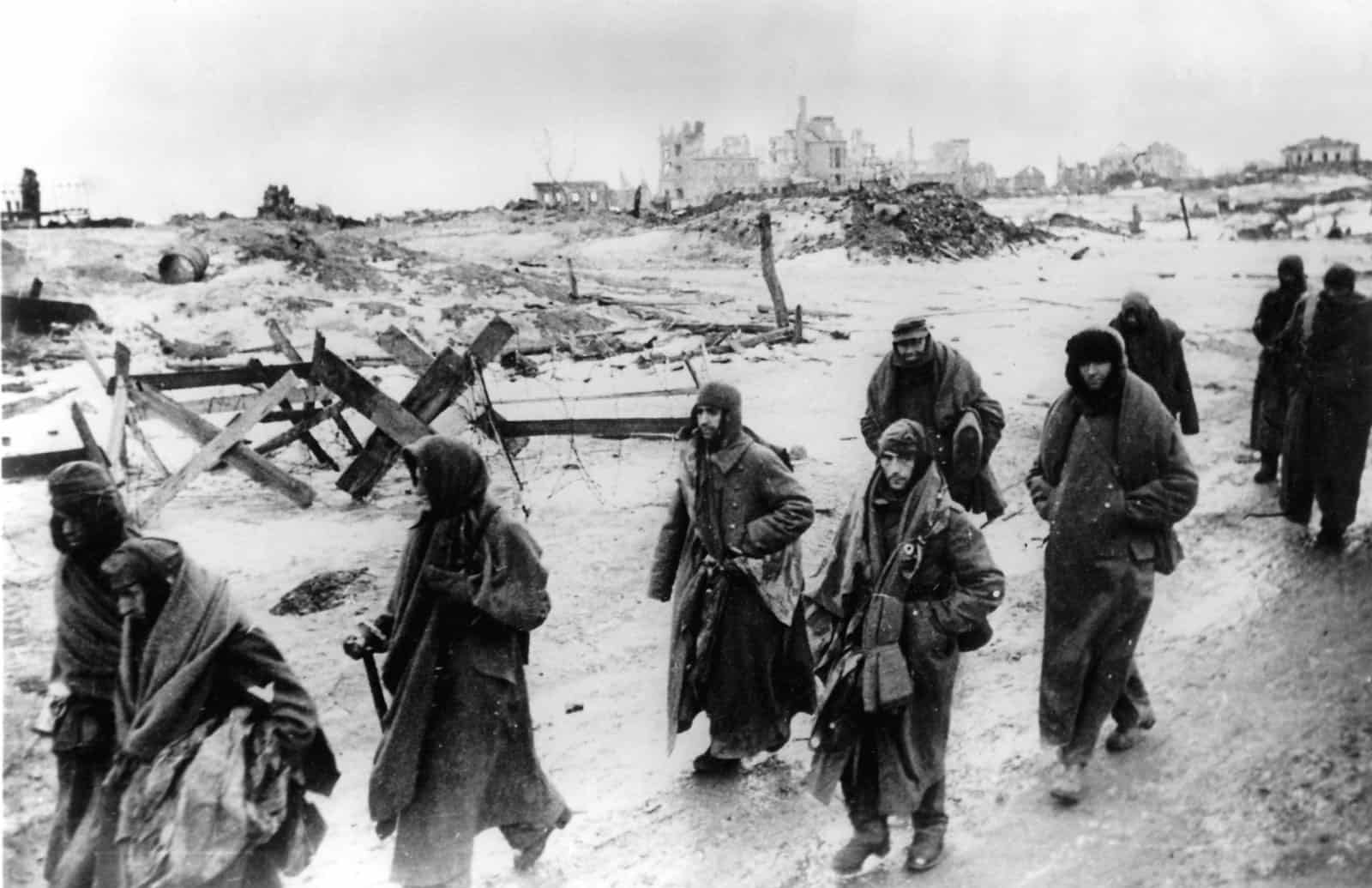In 1906, a Swedish sailor was shipwrecked in the Southwest Pacific, and washed ashore on an island inhabited by cannibals. Instead of ending up as dinner, he was invited to dine with the local ruler. He made such a favorable impression on the locals – and they on him – that he settled down amongst them, married the king’s daughter, and eventually became king himself after his father-in-law died. Following are thirty things about him and other enterprising people from history.

30. The Enterprising Swede Who Went From a Marooned Sailor to Sovereign… of a Cannibal Island
Most of us are familiar with the old saying that “when life gives you lemons, make lemonade“. It is great advice about taking the adversities dealt us by fate and making the best of them, turning negatives into pluses, and so on. However, like a lot of great life advice, it is easier said than done. The thing about many of life’s adversities and negatives is that they are, well… adverse and negative, and seldom lend themselves to getting turned into positives.

However, it is doable, as illustrated by the example of Swedish sailor Carl-Emil Pettersson. In 1906, Pettersson was aboard the Swedish freighter Oakhaven as it sailed from Sydney to the Bismarck Archipelago. On December 25th, the Oakhaven’s crew experienced a memorable – memorably bad, that is – Christmas when their ship sank. Pettersson survived and made it to Tabar Island in the Ireland Province of today’s New Guinea. Unfortunately, Tabar was inhabited by cannibals. Fortunately, Pettersson was an enterprising sort. Instead of becoming the locals’ dinner, he ended up becoming their king. His adventures inspired the Pippi Longstocking series of children’s books.

